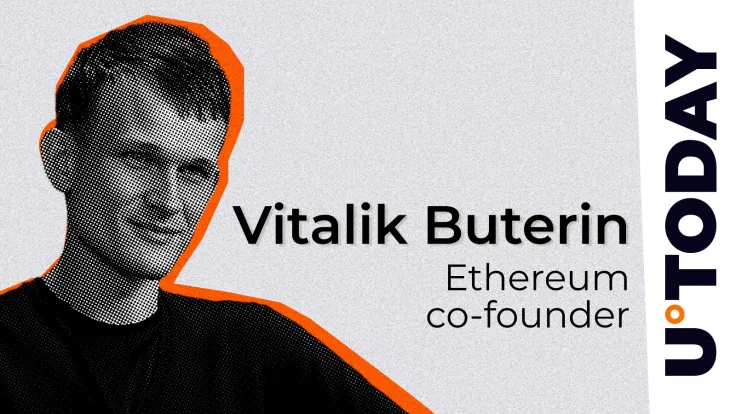
In a recent blog post, Ethereum co-founder Vitalik Buterin outlined some of the key objectives of "The Scourge," a key component of the road map of the second-largest blockchain.
The development track, which is mainly focused on preserving decentralization, is scheduled to come after "The Scourge," a scalability-focused rollup-centric track that is supposed to achieve 100,000 transactions per second (TPS) with the help of Layer-2 networks.
According to Buterin, the main goals of "The Scourge" include minimizing the centralization risks associated with the network's staking layer as well as minimizing value extraction from users.
Block construction centralization was mentioned among the main centralization bottlenecks for staking. As noted by Buterin, just two actors choose the content of virtually all of Ethereum blocks. They could potentially have the ability to delay the inclusion of transactions, thus leading to market manipulation.
Buterin has also called attention to fixing staking economics. If almost all ETH tokens become staked (as opposed to roughly 30% as of today), this poses various risks such as the weakening of the credibility of the slashing mechanism, undermining ETH as the primary currency due to the dominance of Liquid Staking Tokens (LSTs) and excessive issuance. This can be fixed by implementing stake capping or a two-tiered staking system with slashable and unslashable staking.
In addition, Buterin mentioned some application-layer solutions that could be used for mitigating centralization risks. These include specialized staking hardware, which dramatically simplifies the process of operating a staking node, squad staking, airdrops, decentralized block building marketplaces and so on.

 Dan Burgin
Dan Burgin Vladislav Sopov
Vladislav Sopov U.Today Editorial Team
U.Today Editorial Team